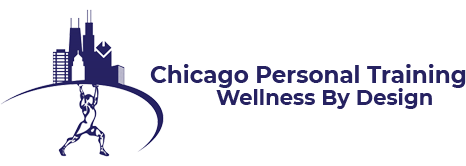The different health conditions dictionary of Baby Boomers can cover anything from arthritis to osteoporosis. But knowing how to exercise with specific conditions is the difference between aggravating a condition or minimizing it’s effect. Listed here are some of the most common aliments that we may encounter as we get older, as well as the exercise guidelines for that specific condition.
Just a couple of reminders
1) Never begin any exercise program before getting a check up and clearance to begin exercising from your doctor.
2) Only your doctor can diagnose your symptoms.
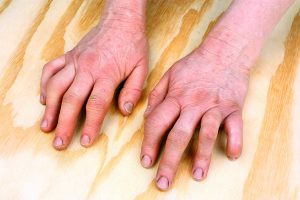
Arthritis
Over 50 million people have arthritis. There are over 100 types of arthritis, but the main two are osteoarthritis and rheumatoid arthritis.
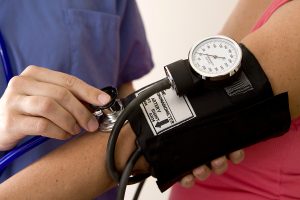
Blood Pressure
More than 75 million people have high blood pressure. Your blood pressure changes from day to day and even from moment to moment

Bursitis
Bursitis is the inflammation of the bursa sac. Bursa sacs can be found by the joints throughout the body.
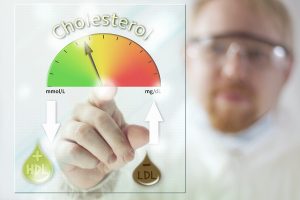
Cholesterol
There are numerous numbers to look at when analyzing cholesterol readings. Total number, HDL, LDL, VHDL as well as numerous ratio combination of numbers
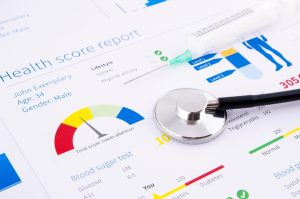
Diabetes
According to the American Diabetes Association in 2012 9.3% of the population had diabetes. Americans age 65 and older that number was 25.9%.
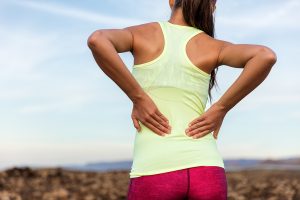
Herniated Disc
There are 24 discs in the spine. 7 in the cervical region, 12 in the thoracic region and 5 in the lumbar region. These discs are cushions that line up within the spine.
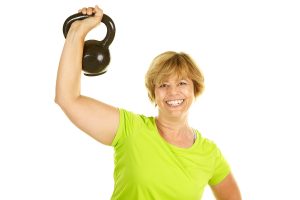
Osteoporosis
Bones are living tissue that are constantly in the mode of breaking down and then building up. Bone loss can occur anywhere in the body and have different levels of osteoporosis in different areas.
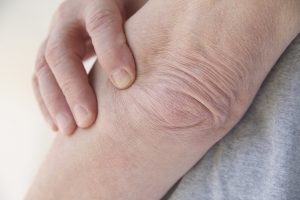
Tendinitis
Tendinitis is a repetitive movement injury. It does not have to come specifically from exercise, repetitive movements in everyday life and playing sports.
